22 Surprising Facts About Mexico That Will Inspire Your Next Trip
Better go ahead and book your ticket now.
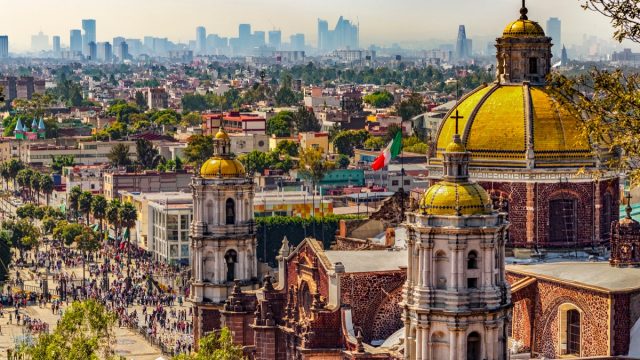
Mexico is an amazing country with a rich history, a vibrant culture, wonderful people, and some absolutely mouth-watering food. And if you think you know all the facts about Mexico there are to know, you are most definitely wrong. The country is a diverse tapestry of surprises, and there is always something new to explore. So, vamanos! It's time to learn a little bit more about this marvelous country.
Here are 22 facts about our Mexico that will spark your curiosity and get your wanderlust running. By the time you've finished this list, you're going to be itching to pack your bags and embark on a great Mexican adventure. Plus, before you plan your trip, be sure to check out 20 Ways to Make Travel Less Stressful.
1
Mexico is actually named Estados Unidos Mexicanos (The United Mexican States)
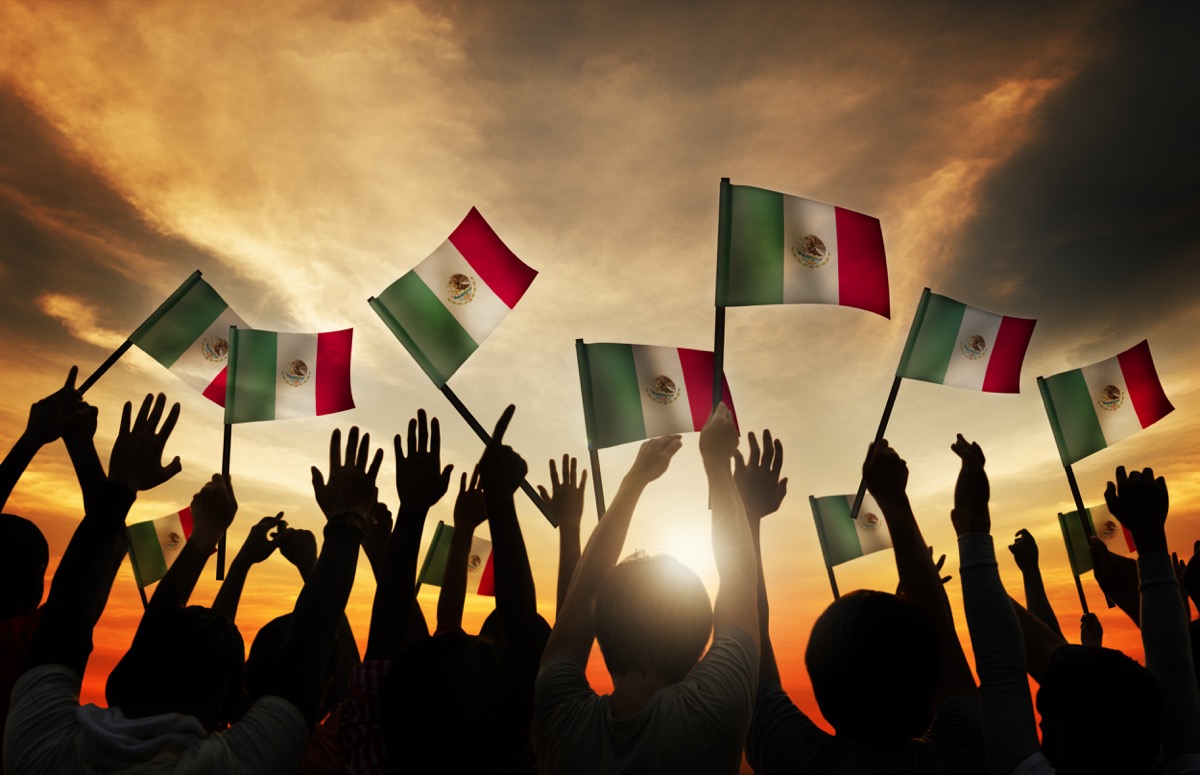
One of the most interesting facts about Mexico is that you don't even know its proper name. That's right, the country is not really called "Mexico." After gaining its independence from Spain in 1821, the newfound country took on the title Estados Unidos Mexicanos in 1824. That's because it wanted to model itself after the democracy in the United States (Estados Unidos).
The word "Mexico" originates from the Aztecs, who referred to themselves as the Mexica. In their language, Nahuatl, Mexico means "place of the Mexica."
2
Mexico has 69 official languages
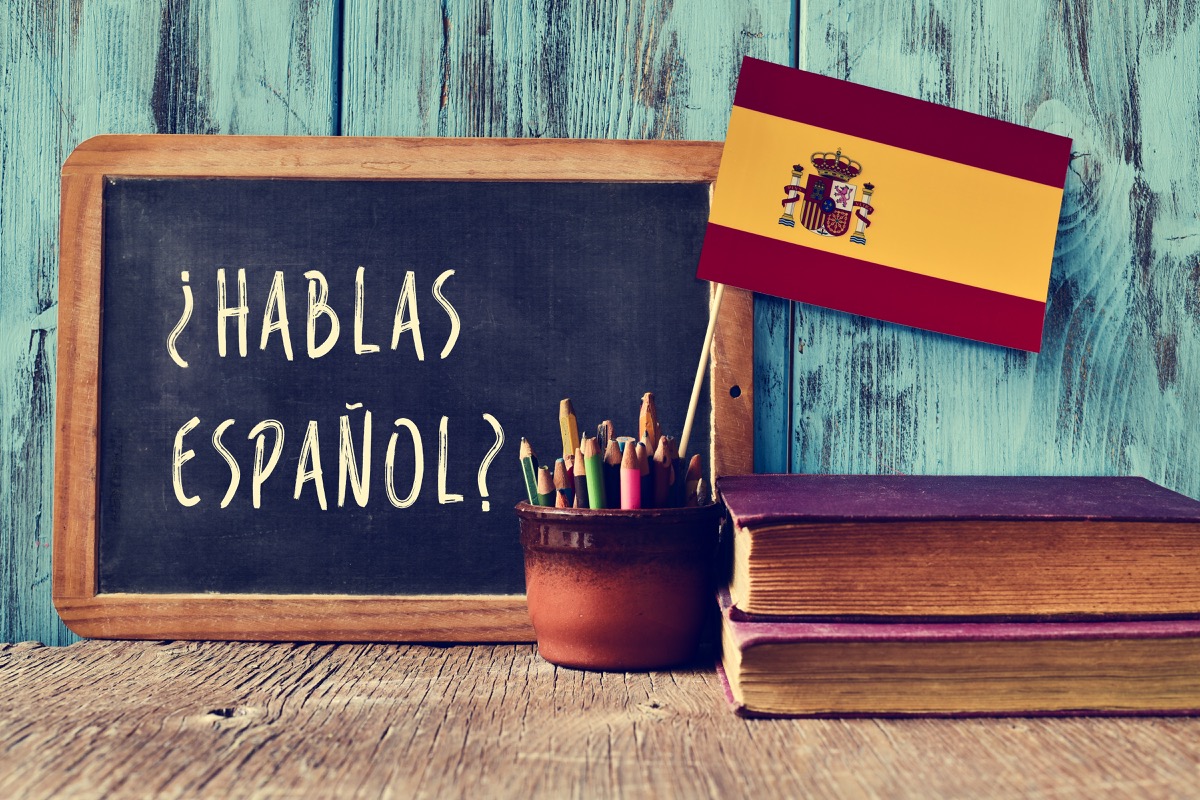
Most non-Mexicans would guess that Spanish is the official language of Mexico. But the government actually additionally recognizes 68 indigenous languages as official languages. There are currently over 150 different indigenous languages spoken in Mexico, and the country is currently home to over 6 million speakers of those languages.
3
The country ranks fourth in the world for biodiversity
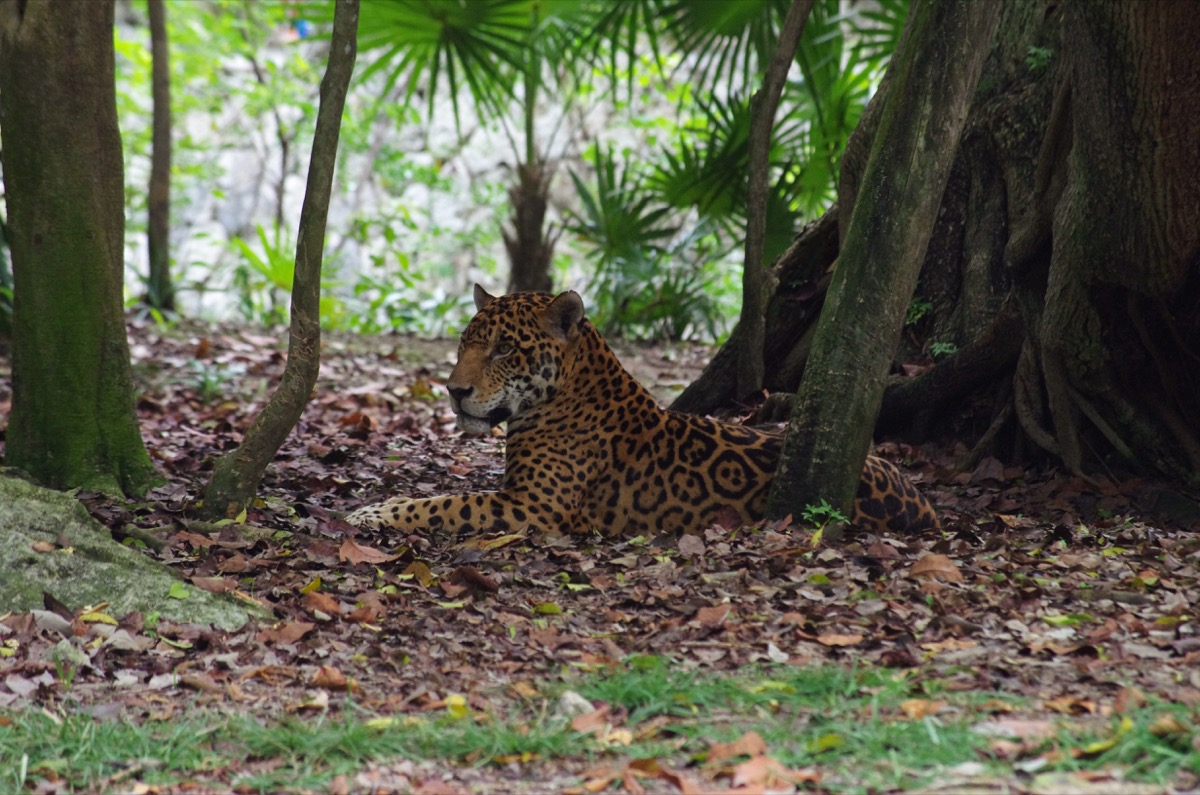
Not only is Mexico linguistically diverse, but it's also considered to be an ecologically megadiverse country. The country is home to 10-12% of the world's biodiversity, with over 200,000 different types of species. There are over 170,000 square kilometers of Protected Natural Areas, along with many conservation efforts. Spider monkeys, volcano rabbits, jaguars, axolotls, and ocelots are just a few of the cool animals you might find in Mexico.
4
Chocolate originated in Mexico
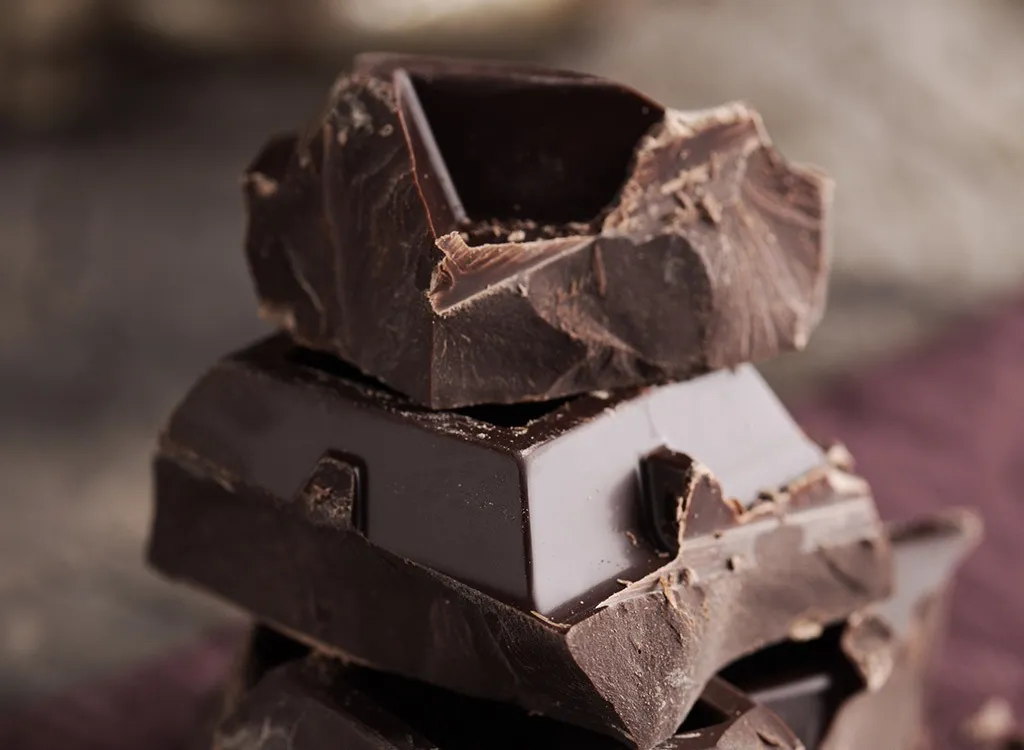
Historians have traced the origins of chocolate back to the ancient Olmecs, who lived in what is now southern Mexico around 1500 B.C. The Olmecs passed the craft on to the Mayans, who revered chocolate and used chocolate drinks in many of their ceremonies. But chocolate really took off with the Aztecs, who lived in central Mexico from 1300 to 1521. The Aztecs called chocolate the "drink of the gods," and even cacao beans as currency, valuing them more precious than gold. (Which, of course, any chocoholic will agree with.)
5
You can also thank Mexico for corn and chiles

That's right, so many of your favorite foods come from Mexico. Corn was first developed by indigenous tribes of Mexico about 7,000 years ago, and it started as a grass called teosinte. Chili peppers were first cultivated in the Tehuacán Valley in 5,000 B.C. and had a huge presence in Mayan and Aztec traditions.
6
Mexico is the world's largest beer exporter

Attention beer lovers! Mexico houses a $3.8 billion beer industry, making it the largest beer exporter in the world. It's one of those facts about Mexico you'll want to remember the next time you're sipping on a Corona, chilling with a Dos Equis, or cooling down with a Modelo.
7
Artists in Mexico can pay their taxes with artwork

Mexico has a long-standing tradition for incredible art, from Frida Kahlo to José Clemente Orozco. Through a program called Pago en Especie (Payment in Kind) artists pay their taxes by giving pieces of their art to the government. The Pago en Especie public collection contains over 7,000 pieces, including paintings, sculptures, and graphics. The pieces are housed in museums all over the world, and if you're visiting Mexico you can see many of them in the national heritage collection at the Museo Nacional del Arte in Mexico City.
8
The region of Yucatán got its name from a facepalm-worthy misunderstanding

The Yucatán Peninsula is one of Mexico's iconic geographic features (and also gives its name to the state of Yucatán). But the origin of the name "Yucatán" is actually the result of a pretty classic misunderstanding.
When Spanish conquistador Hernández de Córdova arrived on the Yucatan coast in 1517, his crew asked the inhabitants they encountered what their land was called. But, the locals didn't understand what the Spaniards were asking. In the most popular version of the story, they replied, "Tetec dtan. Ma t natic a dtan." which means "You speak very rapidly; we don't understand your language."
But the Spaniards took this as the answer to their question, and (in a botched understanding of the response) thought that they were saying the region was called "Yucatán." In another version of the story, the locals replied "Yucatán" which literally translates to "I'm not from here." Good job, Córdova . Either way, the name stuck.
9
Millions of monarch butterflies migrate to Mexico every year
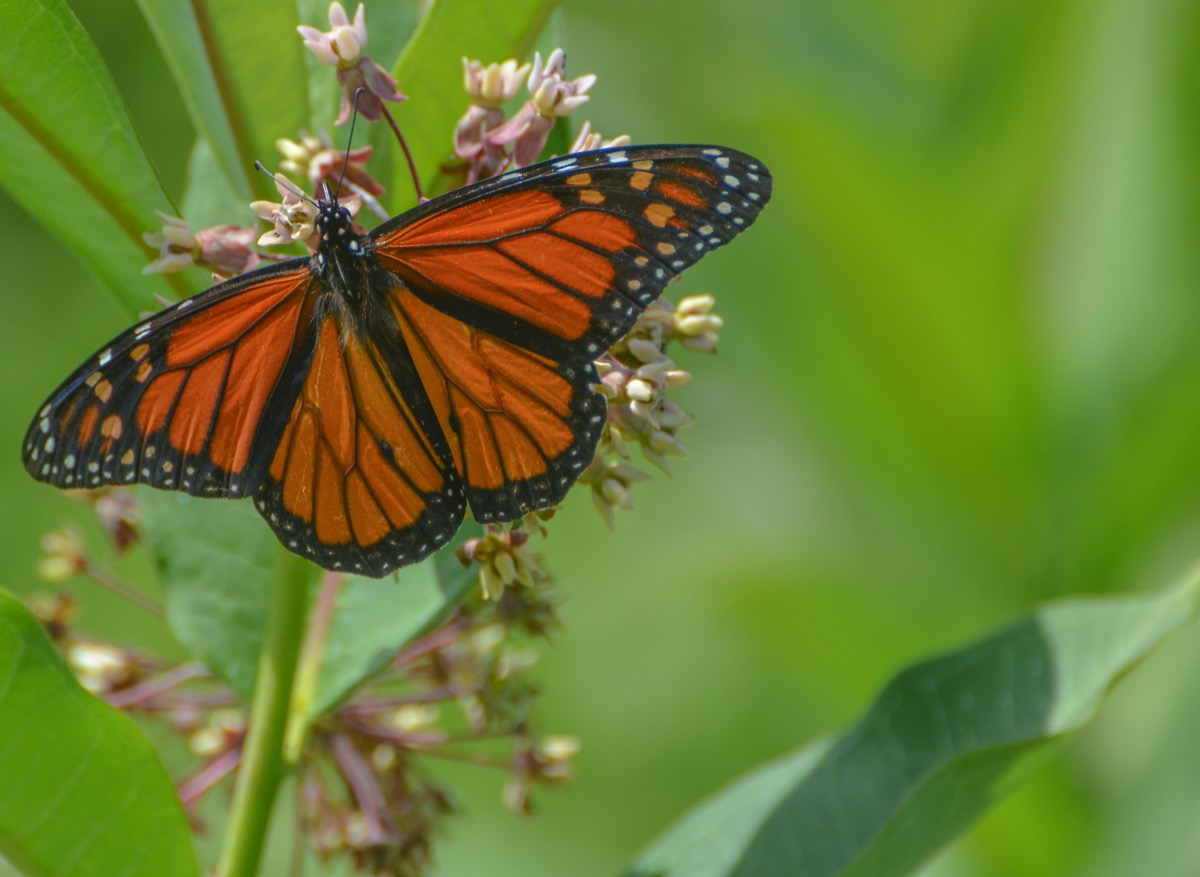
Every fall, millions of monarch butterflies migrate to the warm climates of Mexico to wait out the winter before returning to the U.S. and Canada in the spring. If you're lucky enough to be in Mexico between November and March, you can get a glimpse of these beautiful creatures at the Monarch Butterfly Biosphere Reserve north of Mexico City.
10
Mexico City is bigger than New York City and has the world's largest fleet of taxis

We like to talk big here in the city that never sleeps, but one of the most interesting facts about Mexico is that Mexico City is actually the oldest and most populous city in North America, with a population of 8.9 million people. The city is also home to over 140,000 taxi cabs, the largest fleet in the world. If you're itching for a big, vibrant city, CDMX is the place to go.
11
Mexico City has over 160 museums

When you make your trip to Mexico City, you're not going to be hurting for things to do. The city has over 160 museums, the second most museums in the world (with London as the first). Choose from a fascinating array, including the Museo Nacional de Antropología, the Palacio de Belles Artes, the Frida Kahlo Museum, and many, many more.
12
Mexico City began as the Aztec city, Tenochtitlan

As I mentioned above, Mexico City is the oldest city in North America. It began as Tenochtitlan, the massive capital of the Aztec empire. The city was built in 1325 on an island in Lake Texcoco. (In fact, because it was built on a lake, the city is slowly sinking.) Tenochtitlan was captured by the Spanish in 1521, but you can still find many Aztec ruins within the modern city.
13
You can find the largest pyramid in the world in Mexico
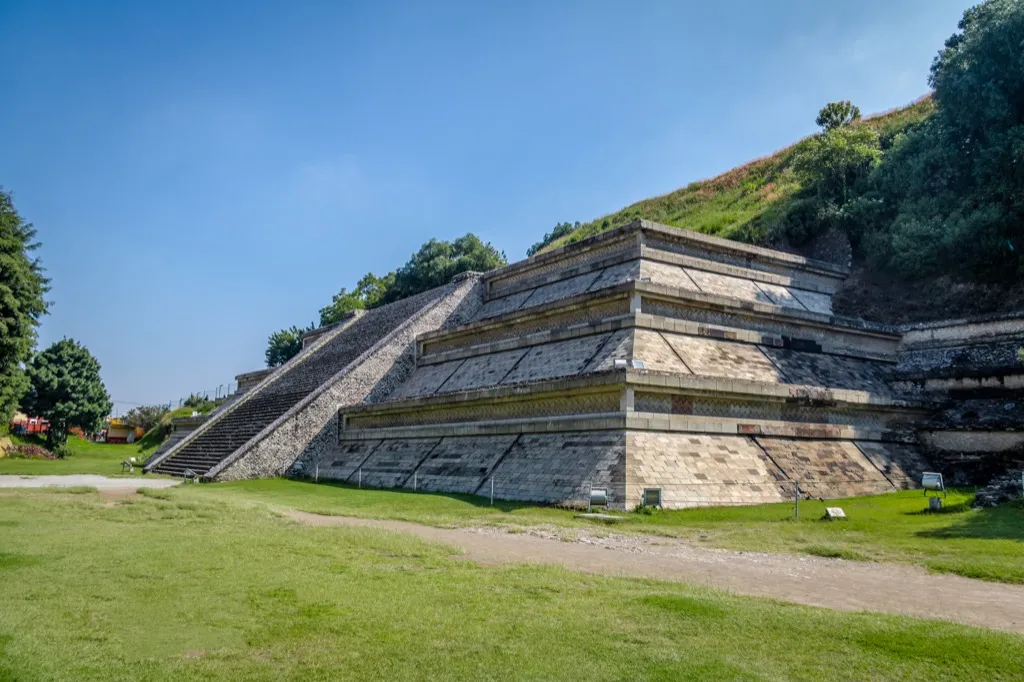
You might associate pyramids with the ancient Egyptians, but the largest pyramid in the world is actually the Great Pyramid of Cholula (a.k.a. Tlachihualtepetl, which means "made-by-hand mountain" in Nahuatl.) The pyramid stands 180 feet tall, and its base measures 1,480 square feet.
14
Mexico is located on the Pacific Ring of Fire

Located in the most seismically active region in the world, Mexico has 42 active volcanoes and thousands of inactive volcanoes. Among them, you can find the world's smallest volcano, the Cuexcomate volcano, in Puebla, Mexico.
15
Tequila hails from Tequila, Jalisco

If thinking about those volcanoes is stressing you out, you need a good, strong drink. Fortunately, Mexico has got you covered as the inventors of tequila. The drink, made from distilled agave, comes from Tequila, Jalisco and was first commercially distilled in 1758. But the drink actually got its start when the Spanish arrived in the 16th century and, hankering for brandy, began distilling the local plants. Today, the town is a UNESCO World Heritage site. Fun fact: tequila is only allowed to be called tequila if it was produced and bottled in Jalisco or a few select Mexican regions.
16
The eagle on the Mexican flag comes from an Aztec legend

You're probably familiar with the green, white, and red striped flag of Mexico, and the iconic eagle at its center. According to Aztec legend, the gods advised the Aztecs that the place where they should build their city would be marked by an eagle on a prickly pear tree, eating a serpent. They spotted this eagle at the spot that now contains Mexico City's main plaza.
17
Charreada is the national sport of Mexico
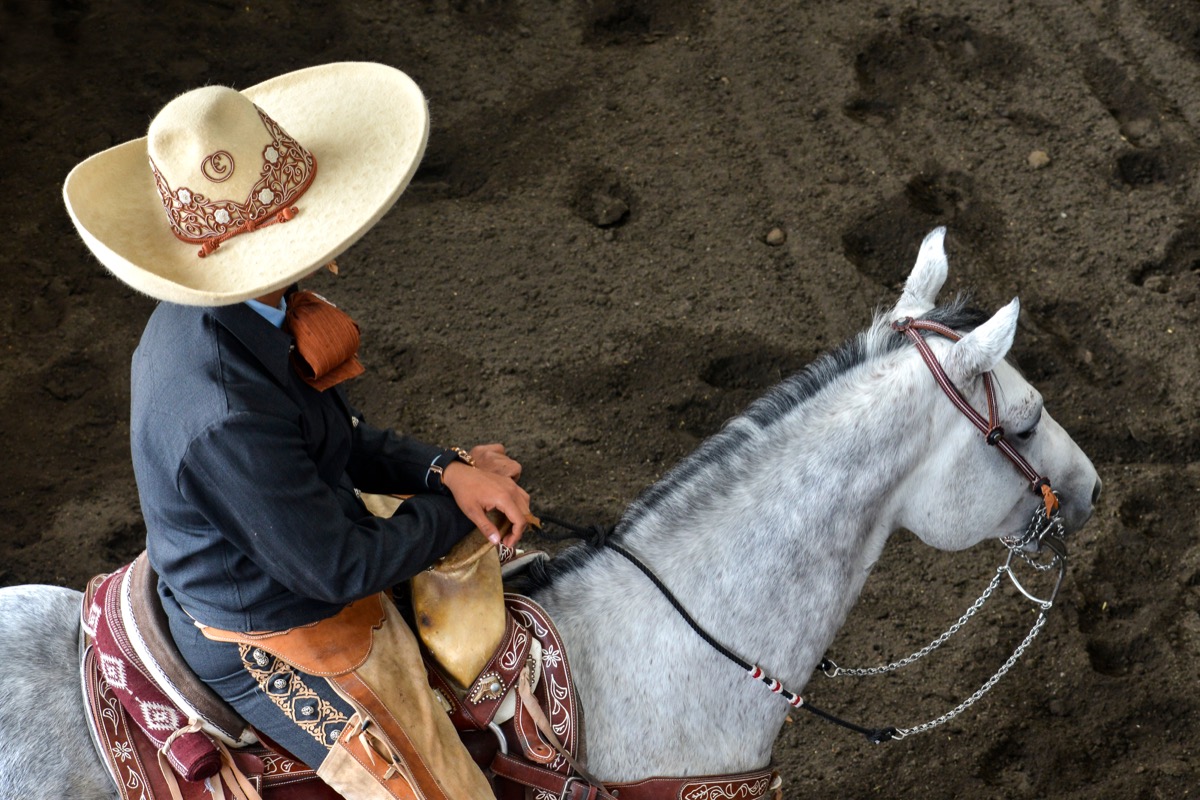
In addition to Mexico's fervor for football (a.k.a. soccer), the country is home to the sport of charreada. Charreada is a rodeo-style event, in which costumed cowboys show off their lassoing and make their mounts dance to music. There is a strict set of rules and scoring, paired with a lively vibe that makes a trip to a charreria a must-do for any trip to Mexico.
18
Mexico has the second highest number of Catholics in the world
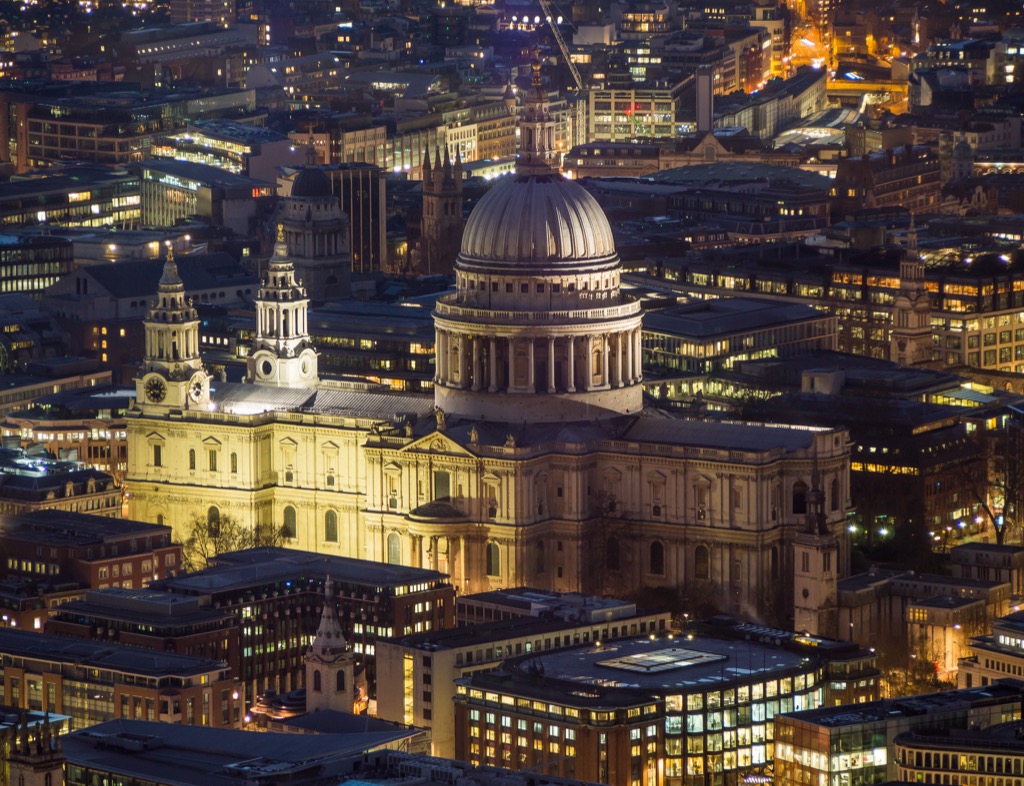
Catholicism is huge in Mexico, with over 81% of adults in the country identifying as Catholic. The religion was brought over by the Spanish in the 16th century, and today Mexico has one of the strongest ties to Catholicism in the world. One of the country's most important icons is the Virgin of Guadalupe, viewed as the "mother" of all Mexicans.
19
Most Mexicans don't actually celebrate Cinco de Mayo
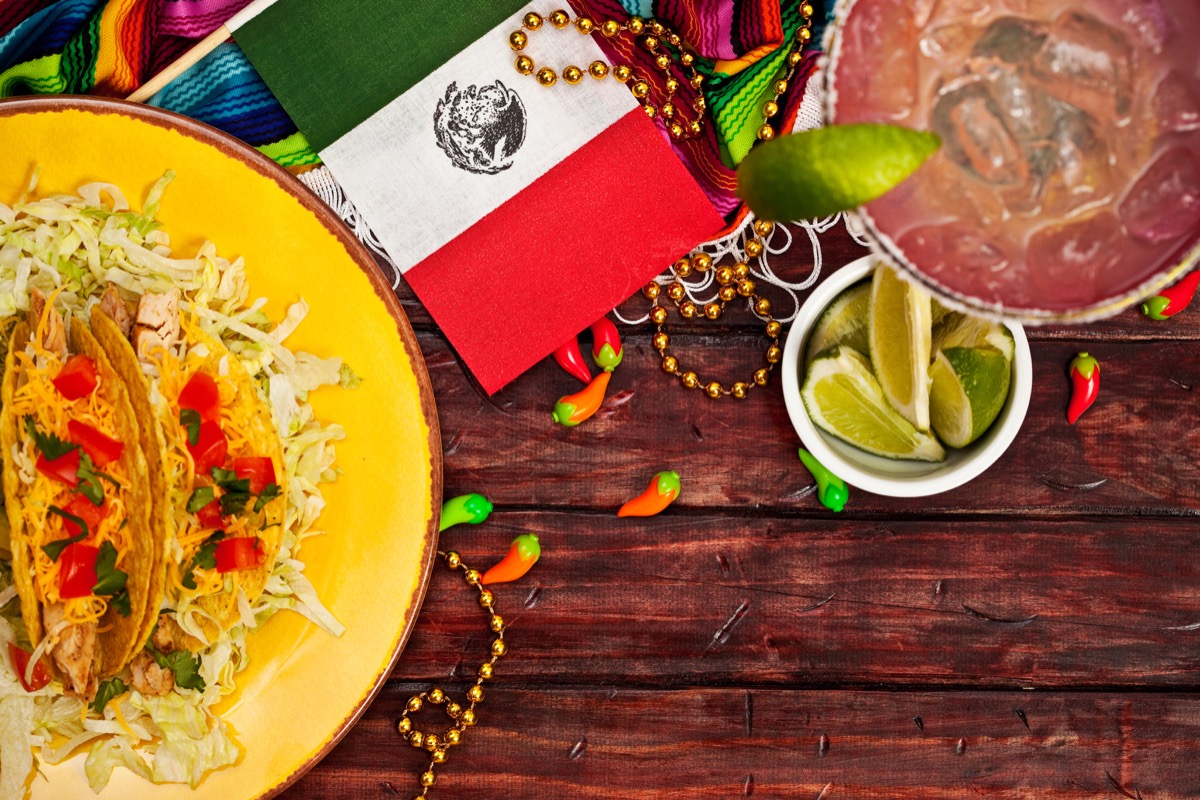
This is one of those facts about Mexico Americans can't stop getting wrong. Sorry to disappoint you, but Cinco de Mayo is actually more of an American holiday. While many believe it celebrates Mexican independence, the date actually marks a small battle victory against the French. Actual Mexican Independence Day is September 16, That's when you'll find tons of parades, festivals, and celebrations around the country.
20
It is illegal to incorrectly play the Mexican national anthem

Be careful, because Mexico takes its national symbolism seriously. There are several chapters in its laws about how to correctly play the national anthem, or himno nacional mexicano. If you do it wrong, you could get a fine. So hey, before you leave for your trip, you might want to take a listen to make sure you get it right.
21
Mexico is home to the oldest university in North America
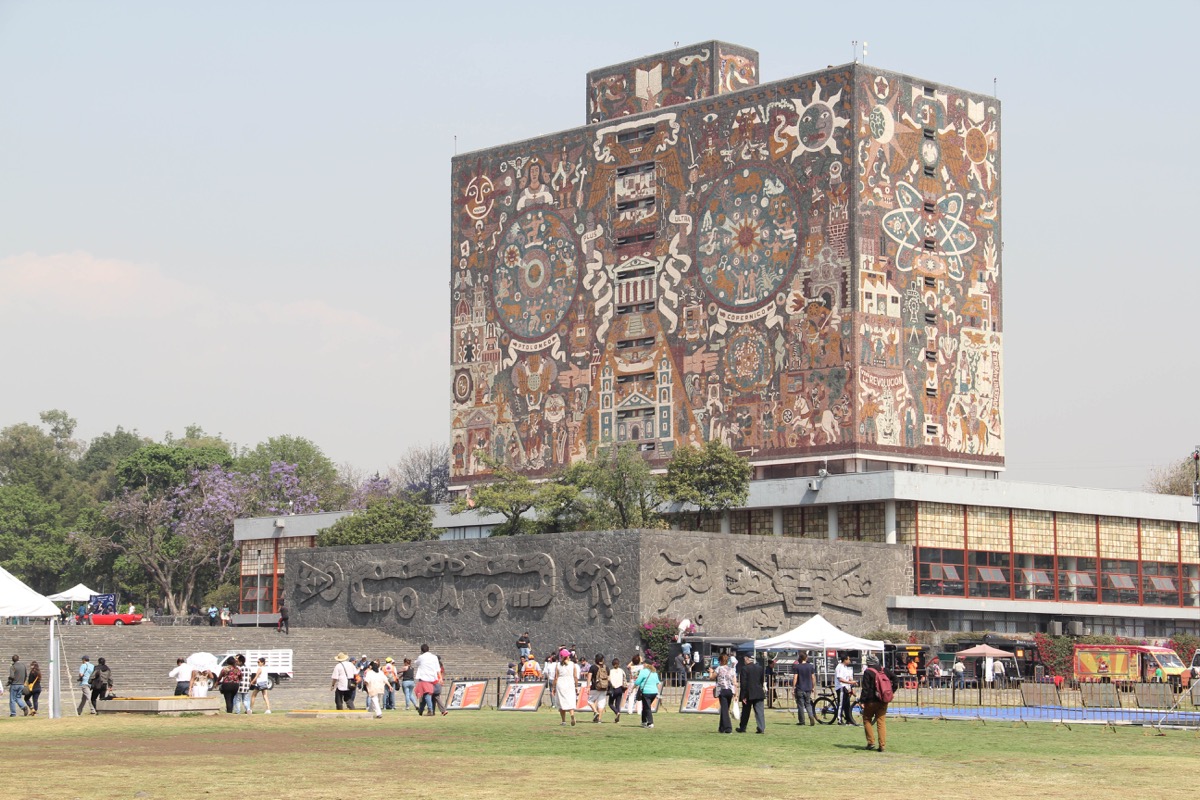
The National Autonomous University of Mexico (Universidad Nacional Autónoma de México) was originally founded in 1551 as the Royal and Pontifical University of Mexico. It took its modern form as a public research university in 1910. The gorgeous campus is a UNESCO World Heritage site, and definitely worth a visit.
22
You can find one of the seven wonders of the world in Mexico
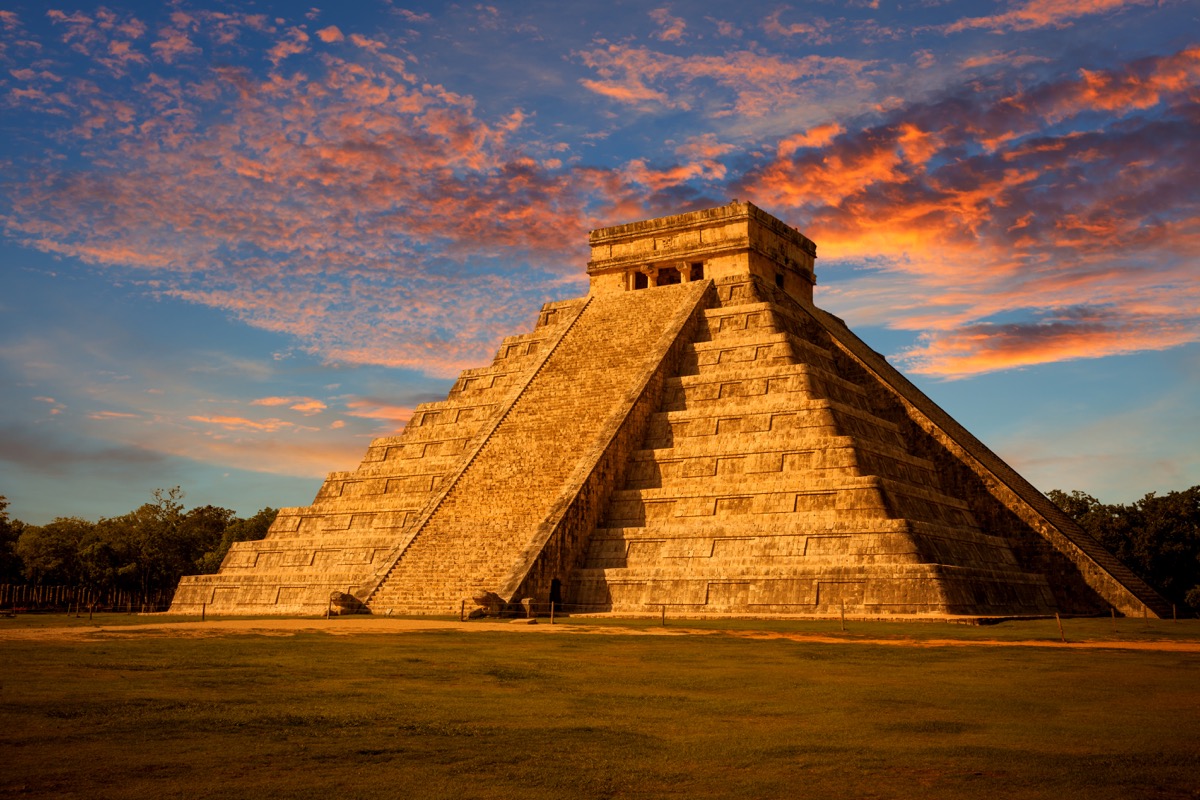
If the previous facts didn't sell you on taking a trip to Mexico, how about the chance to see one of the seven wonders of the world? Chichén Itzá is an archaeological site created by the Mayans to honor the god, Kukulcán. It was developed between 750 and 900 AD and became one of the largest Mayan cities. In 2007, it was named one of the seven new wonders of the modern world. The pyramid is located in Tinúm Municipality, Yucatán State, and it's obviously someplace every visitor to Mexico needs to see. Now that you've learned a ton of facts about Mexico, you'll need more ideas of places to visit. For that, check out My Best Trip: 20 Famous Travelers Reveal Their Most Memorable Adventures.
To discover more amazing secrets about living your best life, click here to follow us on Instagram!




















